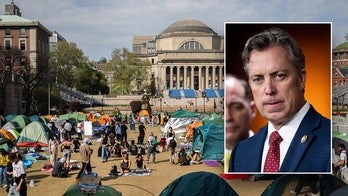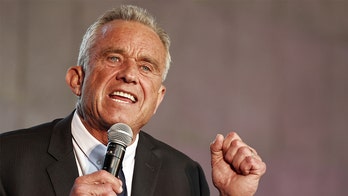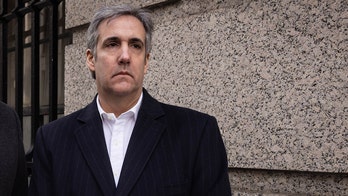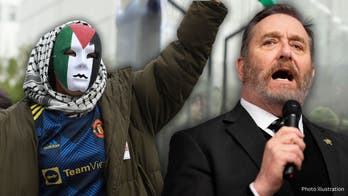To critics, the Essential Air Service is classic Washington pork. Created to last 10 years, the program that guarantees air service to small towns is now 31-years-old and showing no signs of dying.
The program cost $24 million in 1990 -- but it now costs six times that, and most cities are no closer to breaking even than they were a decade ago.
On average, flights are 75 percent empty from cities you've probably probably never visited and may not have even heard of. Critics call it a government charter that you pay for, but never fly.
Passengers who use the program typically pay less than $200 a ticket, yet taxpayer subsidies for that same passenger routinely are hundreds -- sometimes even thousands -- of dollars.
Consider the case of James Washington, who boarded a flight Monday from the Los Angeles suburb of Ontario to the farming community of Visalia in California's Central Valley.
Washington paid $99 for his flight, and, according to government records, taxpayers paid $430.
"I think that is a lot of money for the government to be spending right now on a subsidy like that, especially when the flight has almost nobody on it," Washington told Fox News.
The flight included one other passenger on the 19-seat airplane, dentist Kam Virk, who commutes from Los Angeles.
"As far as I am concerned it is covered with my taxes, so I feel good about it," Virk told Fox News after landing in Visalia.
The Essential Air Service was created to serve as a helping hand to small towns whose residents lost air service after airlines deregulated in 1978. Even though the program has grown beyond anyone's wildest dreams, Congress calls it a "compact with rural America" and refuses reforms that reflect the growth of nearby airports.
Visalia, for example, is just 47 miles from Fresno, which has commercial air service to Los Angeles. An hour-long drive is nothing for most consumers, yet Visalia passengers get discounted service, paying from $59 to $150 for a flight to LA. Passengers in Fresno pay $300 to make the same trip.
The same is true for nearby Merced, which is 60 miles from Fresno. Passengers flying from there get $1.5 million a year in federal subsidies and discounted airfares.
Other cities that some officials have tried to exclude from the program include Pueblo, Colo. (43 miles from Colorado Springs), Jamestown, N.Y. (77 miles from Buffalo), Jonesboro, Ark.(79 miles from Memphis), and Athens, Ga. (82 miles from Atlanta).
President Bush tried to trim $50 million from the program by eliminating subsidies to cities within 90 miles of an airport, but Congress refused under pressure from affected communities
"It is vital to our community," Mario Cifuentez, Visalia airport manager, told Fox News. "When large companies want to come to our community, come to the Central valley, that is one of their first questions -- what is your air service?"
Critics say the program is out of control. Subsidies were supposed to be no higher than $200 per ticket for cities less than 210 miles from a sizable airport, but in practice, the limit is not enforced.
Consider these ticket prices and taxpayer subsidies:
-- Cape Girardeau, Mo., to St. Louis: ticket price $189, taxpayer subsidy $1,939.
-- Glendive Mont., to Billings: ticket price $233, taxpayer subsidy $2,526.
-- Alamogordo, N.M., to Albuquerque: ticket price $192, taxpayer subsidy $2,270
-- Harve, Mont., to Billings: ticket price $233, taxpayer subsidy, $2887
-- Ely, Nev., to Denver: ticket price $300, taxpayer subsidy $4,504.
The program serves roughly 3,000 people per day -- mostly businessmen, who critics argue can and should pay more for their flight. Instead, Congress continues to increase the taxpayers' portion of the ticket.




